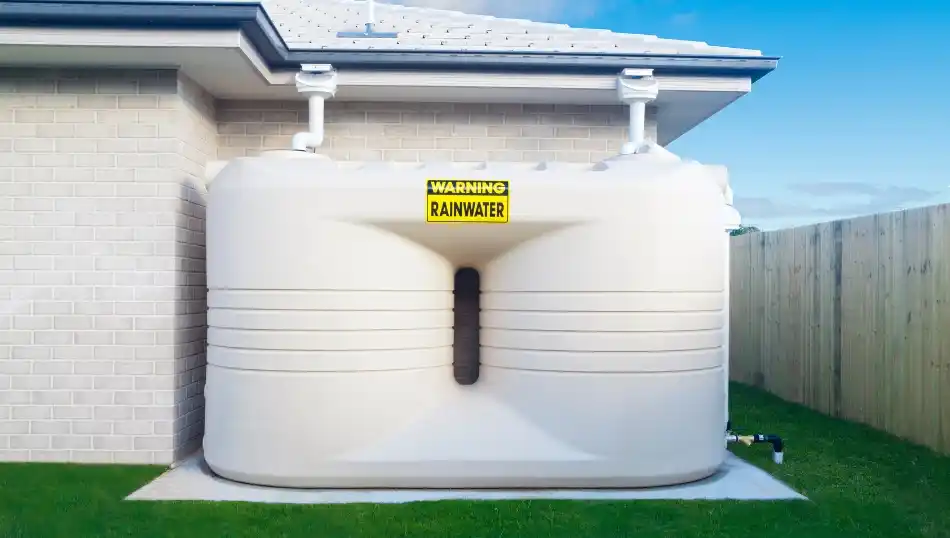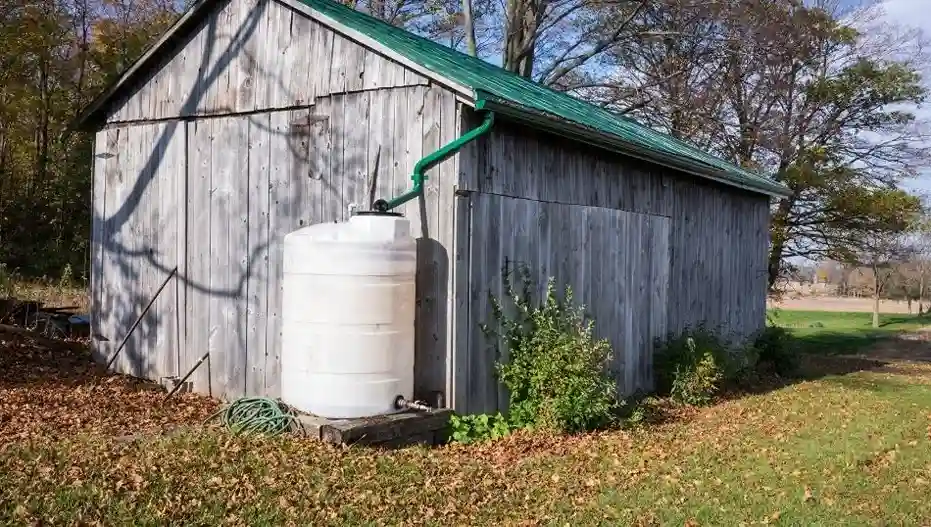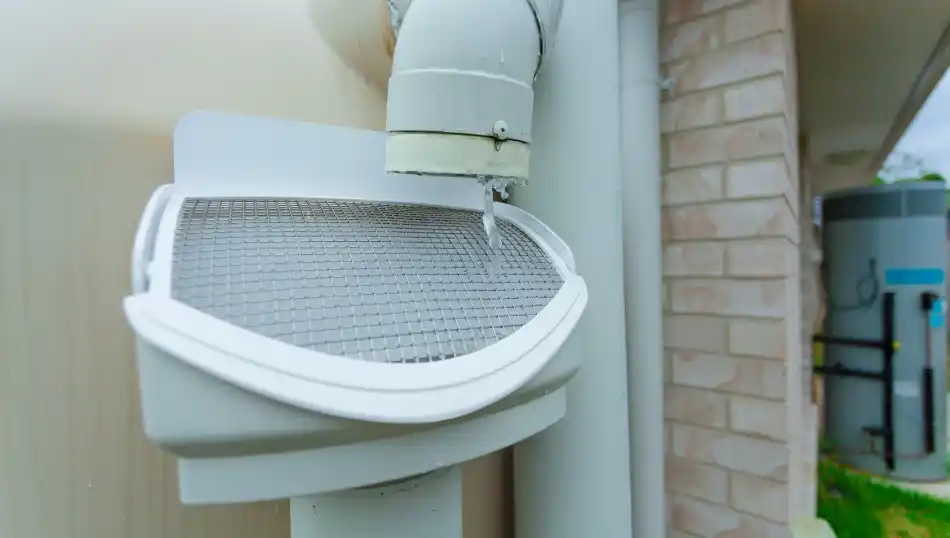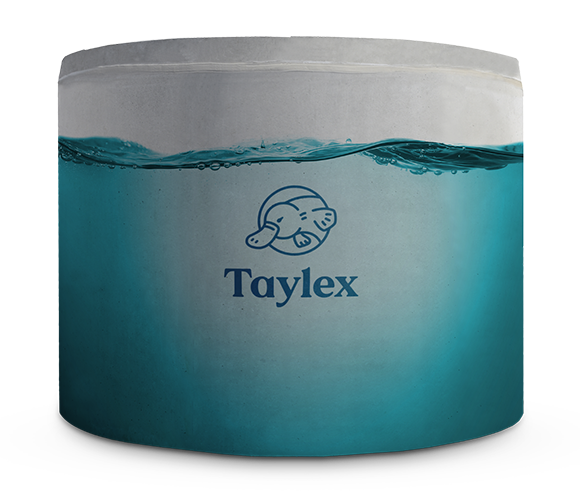
Have you ever wondered how those raindrops can become lifesavers for your home, community, and the environment? Rainwater harvesting is key, offering a solution that conserves precious water resources and reduces reliance on mains water. In Australia, where water is often scarce and highly valued, rainwater harvesting is not just an option; it’s essential. But what makes rainwater harvesting so important, and how does it work? Let’s explore this innovative system that transforms mere drops into significant water-saving resources.
What is Rainwater Harvesting?
Rainwater harvesting is the practice of collecting and storing rainwater for diverse purposes. It’s about capturing rain, directing it into storage tanks, and using it later for irrigation, flushing toilets, and even drinking after proper treatment.
Rainwater harvesting systems include gutters, downspouts, filters, storage tanks, and sometimes pumps or treatment devices. The primary goal is to capture rainwater runoff from roofs or other surfaces and store it for later use.
Curious whether you can drink rainwater or not? Read our blog, “Can you drink rainwater?” to find the answer.
Why is Rainwater Harvesting Important in Australia?
Given Australia’s climate—marked by intermittent droughts and variable rainfall—rainwater harvesting addresses critical water shortages. It offers a sustainable solution, reducing dependence on mains water and ensuring availability during droughts. Adopting rainwater harvesting supports individual households and contributes to broader environmental conservation efforts.
Types of Rainwater Harvesting Systems
Understanding the various systems available is key to implementing an effective rainwater harvesting strategy. Here’s a breakdown:
Rain Barrel Systems
The rain barrel is a simple and cost-effective way to collect rainwater for outdoor use. It consists of a large barrel or container placed under a downspout to capture rainwater. The best part is that rain barrels are easy to install and use. They can be used to water gardens, lawns, and plants, reducing the demand for main water.
Dry Systems

In dry systems, rainwater flows directly from the roof into storage tanks through gutters, remaining empty except during rainfall. This setup minimises the risk of algae growth and contamination, keeping the water fresher.
Wet Systems
In contrast to dry systems, wet systems involve pipes that stay filled with water. Often installed underground, these systems can handle larger volumes from multiple buildings, making them suitable for extensive residential complexes or industrial uses.
Benefits of Rainwater Harvesting
The advantages of collecting rainwater are manifold:
- Sustainability: Decreases the demand for municipal water systems and taps into a renewable resource.
- Cost-Efficiency: Reduces water bills through a one-time investment in rainwater collection infrastructure.
- Enhanced Water Security: Provides a backup water supply, which is crucial during restrictions or shortages.
- Environmental Protection: Reduces runoff, mitigates erosion, and decreases the load on stormwater systems.
Applications of Harvested Rainwater
From domestic chores to industrial processes, the uses of harvested rainwater are diverse:
Domestic Use
Homes can utilise rainwater for:
- Flushing toilets
- Watering gardens
- Laundering clothes
- Showering with proper treatment systems
Agricultural Use
Farmers benefit by using rainwater for:
- Irrigating crops
- Watering livestock
- Cleaning farm equipment
Industrial Use
Industries employ rainwater for:
- Cooling machinery
- Cleaning equipment
- Fulfilling sanitation needs
Step-by-Step Process of Installing a Rainwater Harvesting System
Setting up a rainwater harvesting system involves several steps to ensure efficient collection and safe use of rainwater. Here’s a step-by-step guide:
Site and System Design
Select a catchment area like a roof, ensuring it’s suitable for capturing clean rainwater.
Installation of Components
Install gutters along the roof’s edges to capture rainwater as it flows down. Slope the gutters correctly to direct water towards downspouts, channelling water from the roof into the storage system.
Setting Up First Flush Diverters
First-flush diverters remove the initial dirty runoff from roofs, improving the quality of collected rainwater. This first flush typically has the highest contaminants like dust and droppings, so discarding it results in cleaner water.
Installing Storage Tanks
Choose and install storage tanks based on your water needs and available space. Position tanks in the shade to prevent algae and ensure they’re secure.
Unsure about the right rainwater tank size? Check out detailed guide on “What Size Water Tank Do I Need?“
Connecting Distribution Systems
Set up a distribution system with pipes, pumps, and valves to direct stored water where needed.
Installing Filtration and Treatment Systems
Install filtration and treatment systems, such as sediment filters, carbon filters, and UV or chemical treatment, to ensure water safety. These systems remove impurities and pathogens, ensuring the water is safe for its intended use.

Maintenance and Longevity of Rainwater Harvesting Systems
Regular Maintenance Needs
To ensure efficiency and extend the lifespan of your rainwater harvesting system, perform these essential maintenance tasks:
- Gutters and Downspouts: Clean twice yearly to remove debris and prevent blockages.
- Filters: Check and clean every few months to maintain water quality.
- First Flush Diverters: Inspect and clean regularly to ensure they function properly.
- Storage Tanks: Clean annually to prevent algae growth and sediment build-up.
- Pump and Piping Systems: Regularly inspect for leaks or damage.
- Water Quality: Conduct routine tests for safety, especially if used for domestic purposes.
Expected Lifespan and Efficiency
- Gutters and Downspouts: Can last up to 20 years.
- Storage Tanks: Typically last between 10 to 20 years.
- Pumps and Mechanical Components: Have a lifespan of 10 to 15 years.
- Filters and Treatment Systems: Require replacement every 2 to 5 years based on usage.
Regular maintenance maximises the system’s efficiency and longevity, ensuring a reliable and sustainable water source.
Policies and Regulations Regarding Rainwater Harvesting
Rainwater harvesting is legal in all the states in Australia. However, following these regulations is essential:
Queensland Health
- Implements Public Health Act 2005
- Enforces lead-use regulations in water collection systems
- Communicates safety policies on rainwater tanks to local governments and the public
Local Governments
- Enforce regulations to prevent mosquito breeding in rainwater tanks.
- Conduct inspections and educate homeowners on compliance.
Rainwater Tank Industry:
- Must comply with Public Health Regulation 2005
- Mandates mosquito-proof screens or flap valves
- Prohibits using lead in tank construction
Read our other blog to learn about regulation related to rainwater and rainwater, “Wastewater Regulation.“

Make the Smart Choice – Taylex for Your Rainwater Harvesting Solutions
Selecting Taylex means opting for excellence and reliability in rainwater harvesting solutions. Since 1969, we have led the market in innovative water conservation solutions, helping Australians maximise their water usage efficiently and sustainably.
Upgrade your home with a rainwater harvesting system. With Taylex, you get top-quality systems and reliable service. Make the smart choice today and contribute to sustainable living!
Contact Taylex today to explore rainwater harvesting solutions tailored to your needs.
Rainwater Harvesting: FAQs
Can You Drink Rain Water?
Yes! You can drink rainwater with proper treatment and filtration systems in place.
What is the Best Roof for Rainwater Harvesting?
Materials like galvanised steel or aluminium are the best for clean, efficient water collection.
How Much Does a Rainwater Harvesting System Cost?
Costs vary based on complexity and scale, ranging from basic garden setups to comprehensive systems for large estates or commercial properties. On average, a basic setup for garden use can cost around AUD 500 to AUD 1,000.
Contact Taylex today to explore rainwater harvesting solutions tailored to your needs.